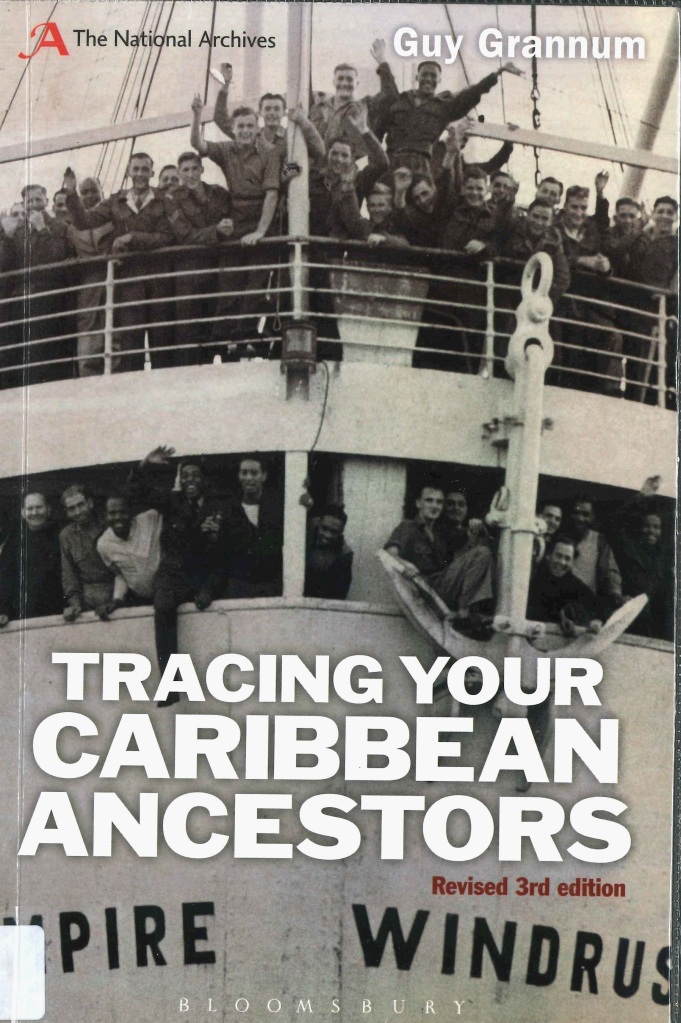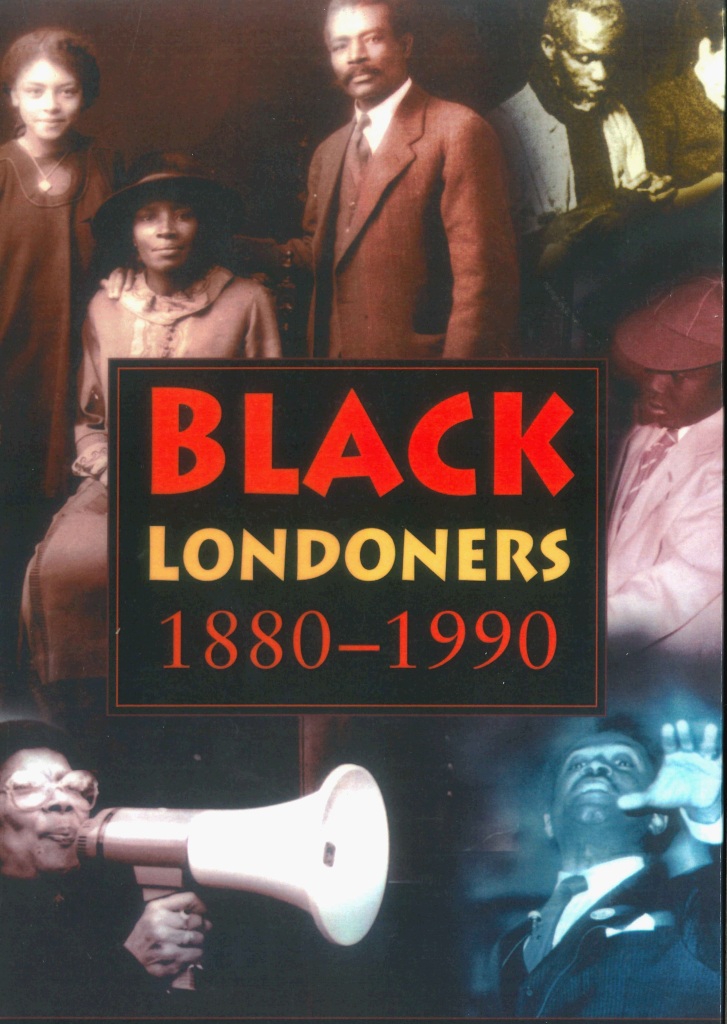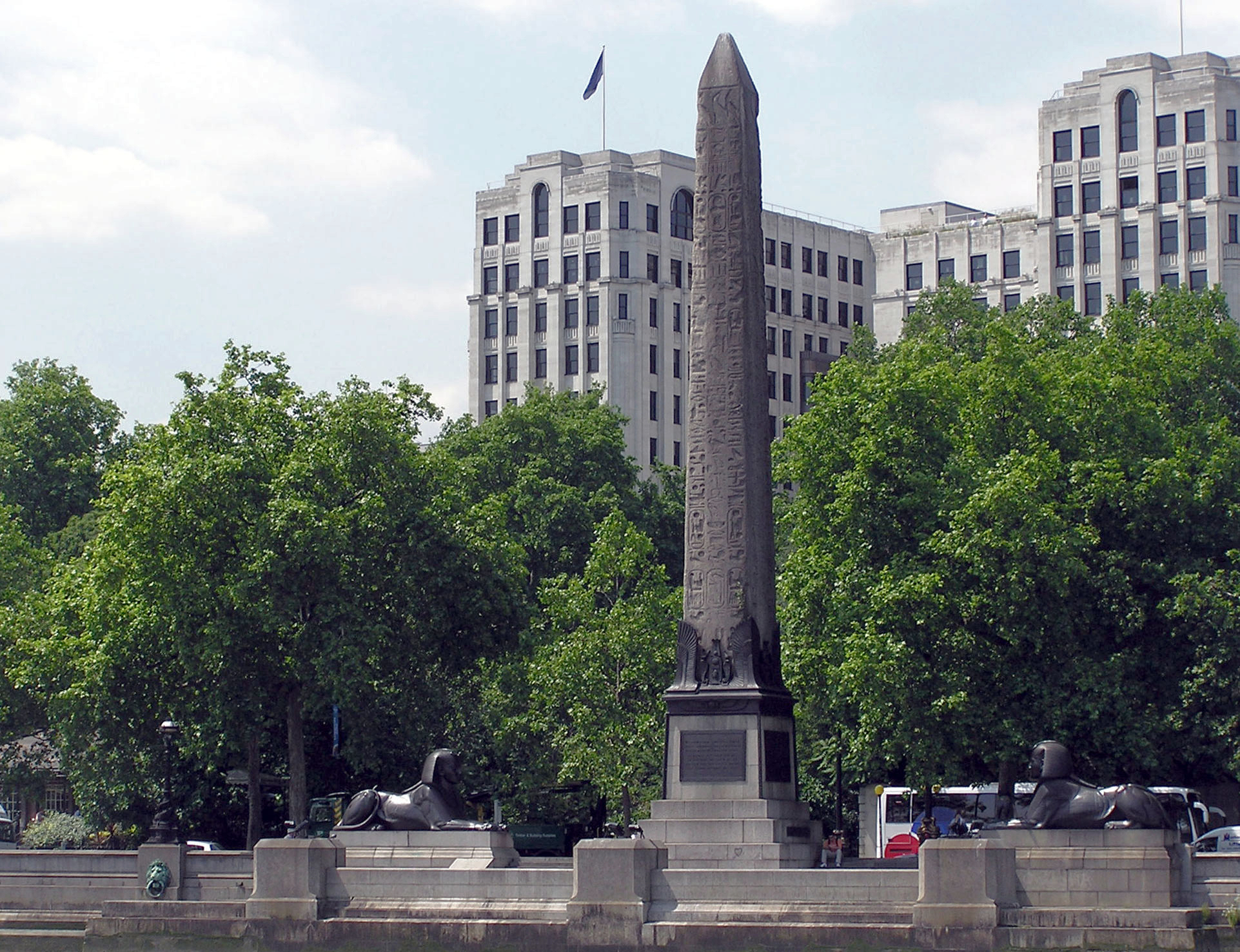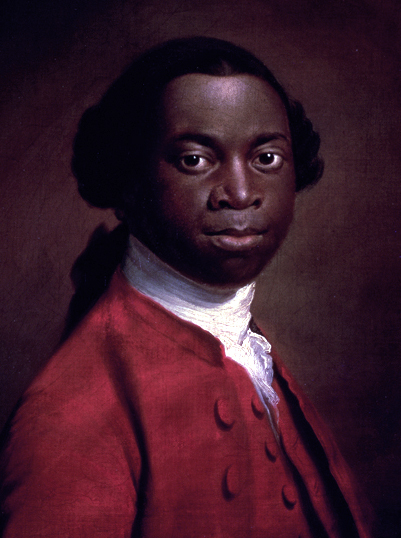In celebration of Black History Month 2022, Westminster Archives are sharing a small selection of publications and books to give a taster of what we hold in our reference collection relating to Black History in Westminster and more generally. All these titles can either be viewed during a visit to our Search Room at St Ann’s Street or requested from our reference store.
Black History London Map

The Black History London Map, published September 2022, by Avril Nanton and Jody Burton is a light and portable guide to Black History London locations across the city including statues, blue plaques and other sites of contemporary and historical interest in City of Westminster and wider London.
Shelf Location: P912. 4211 Search Room Pamphlets Collection
Black Lives in the English Archives, 1500-1677: Imprints of the Invisible

Black Lives in the English Archives by Imtiaz Habb is a comprehensive guide to documentary records of black lives in Tudor and Stuart England, including a chronological index of records from 1500-1677. The breadth of material covered includes Early Tudor Records, Elizabethan London, Seventeenth- Century London and Black People outside London 1558-1677.
Shelf Location: 305.896 HAB SEARCH ROOM
Tracing Your Caribbean Ancestors

The book Tracing Your Caribbean Ancestors by Guy Grannum, produced by The National Archives, provides a guide to the most important records for the study of Caribbean genealogy and heritage.
Shelf Location: 929.38 GRA Search Room
Black Londoners 1880-1990

Black Londoners 1880-1990 by Susan Okokon comprises of a series of brief biographies and chronicles working lives in the capital. The book includes a few famous names as well as a glimpse into the lives of ordinary families, mothers, fathers, children and teenagers.
Shelf location: 305.8960421 STORE
Under Fire: Black Britain in Wartime 1939-45

Under Fire: Black Britains in Wartime 1939-1945 by Stephen Bourne is a study of black civilians’ contributions to the war effort during World War II through various voluntary roles, at home and abroad, as air-raid wardens, fire-fighters, entertainers and other occupations. Among the many stories is one local to Westminster that of E.I.Ekpenyon, a Nigerian law student turned ARP warden in St Marylebone.
Shelf Location: 305.896 BOU Search Room
Jimi Hendrix: The Man, The Magic, The Truth

American- born Jimi Hendrix (1942-1970), singer and guitarist, was a resident of Westminster for a short time before his untimely death in 1970. He lived, worked and performed in a number of locations across the City of Westminster including 23 Brook Street, now the Handel Hendrix Museum, 34 Montagu Street, The Scotch of St James and the Bag O’Nails. His last location at the time of his premature death in 1970 was recorded on his death certificate as 507/508 Cumberland Hotel, Great Cumberland Place, Marylebone. Jimi Hendrix: The Man, The Magic, The Truth is the powerful story of Hendrix’s life, from poverty-stricken background to star of the Sixties in London and elsewhere.
Shelf Location: 920 HEN STORE
More online
You can find a map of Black History locations in Westminster created by the team at Westminster Archives in 2020:
All library members have free access to Ancestry and FindMyPast, available at all library sites across the borough. FindMyPast have more information about Black geneaology resources on their website.
Please get in touch with the Westminster Archives Centre if you wish to explore more. We can be contacted at archives@wcclibraries
Georgina, Westminster Archives








.jpg)


